The Scottish wildcat is a subspecies of the European wildcat. It is only found in Scotland.
Scientific Name: Felis silvestris silvestris
Conservation Status: Critically Endangered
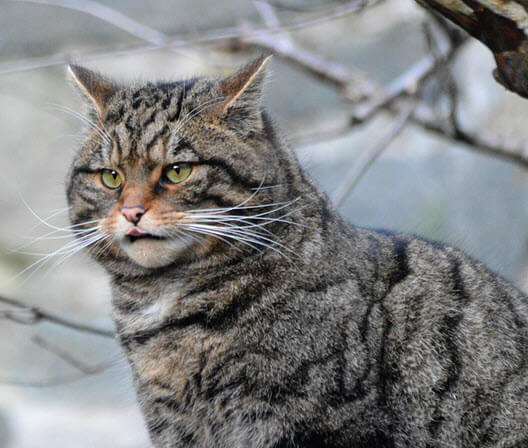
Interesting Scottish Wildcat Fact
- The Scottish wildcat is one of the UK’s rarest mammals, with estimates suggesting only 35–100 purebred individuals remain in the wild, primarily in the Scottish Highlands.
- They avoid human activity and are rarely seen, earning them the nickname “ghost cats.”
- They’re known for their strength and ferocity, capable of tackling prey much larger than themselves.
- Even when raised in captivity, they retain their wild instincts and avoid human interaction,
- They thrive in Scotland’s tough terrains, from forests to moorlands, and can survive in areas with sparse prey.
- Unlike domestic cats, Scottish wildcats rarely meow. They communicate with growls, hisses, and distinctive “yowls,” especially during mating season, which can be heard echoing through the Highlands.
More About the Scottish Wildcat
The Scottish wildcat has the appearance of a very muscular tabby cat with a thick coat of brown-black fur with mild stripes. Although it resembles domesticated cats in the shape of its face, it is typically twice as large.
Physical Appearance
The Scottish wild cat is bigger than a household cat, with a larger skull and longer limbs. Males can grow up to 25 inches long, with tails 11 to 14 inches long. The tails are bushy with rings and a black tip. There are no white markings.
| Scottish Wildcat | FROM | TO |
| Weight | 5.2 lbs. | 16 lbs. |
| Body Length | 19.8 in. | 25 in. |
| Tail Length | 11 in. | 14 in |
Territory
The cat could once be found throughout Britain but now is only found in northwest Scotland. They live in wooded areas, as wells as shrublands and near the edges of forests.
Hunting & Prey
They live on a pure meat diet of rabbits, rodents, and small mammals. Their control of alien pests is a great help for farmers in Scotland but they can pick off lambs to the annoyance of local sheep herders. These cats only have a small fear of water and will occasionally fish from the edge of a river or pond by scooping up passing fish with their claws.
Reproduction and Lifespan
The gestation period for a female Scottish wildcat is 62 to 68 days. Females can only have one litter per year. Like most felines, the Scottish wildcat is a solitary and nocturnal animal and is most active at dusk and dawn. Cats only come together to mate in the mid-winter but live the rest of their lives alone, communicating with others only through scent. Litters have from one to eight kittens. It captivity Scottish wildcats have lived up to 15 years. How long they live in the wild is unknown.
Scottish Wildcat Conservation
Snares and traps are estimated to account for up to 92% of deaths in the wild and Scottish Wildcats are illegally persecuted as pests. Some measures are in place to protect the species but their numbers are still decreasing. Domestic cats are a great threat to wildcats, and hybridization is widespread as very few genetically pure populations remain. They’ve evolved to combat heavy deforestation in Scotland but are now confined to the Scottish Highlands, where they compete for food.
Scottish Wildcats in Culture
Scottish wildcats can be found in Scottish folklore, where they are often depicted as symbols of ferocity and independence. Clans like the MacGillivray and MacBean used wildcat imagery in their crests, reflecting their warrior spirit.


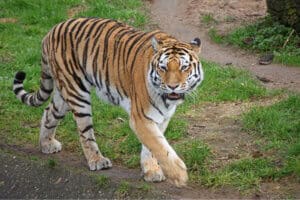
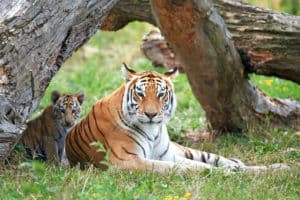
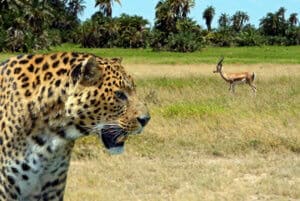

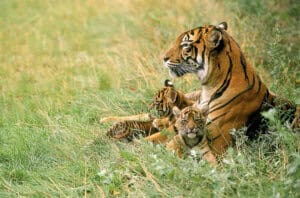
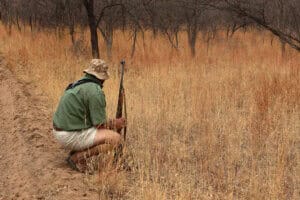
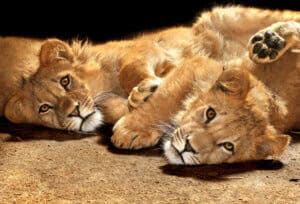
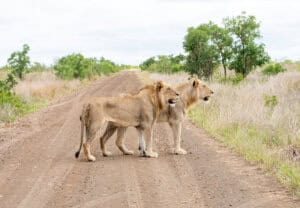
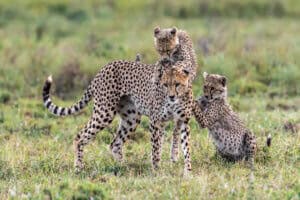


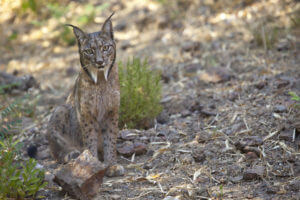




0 Comments